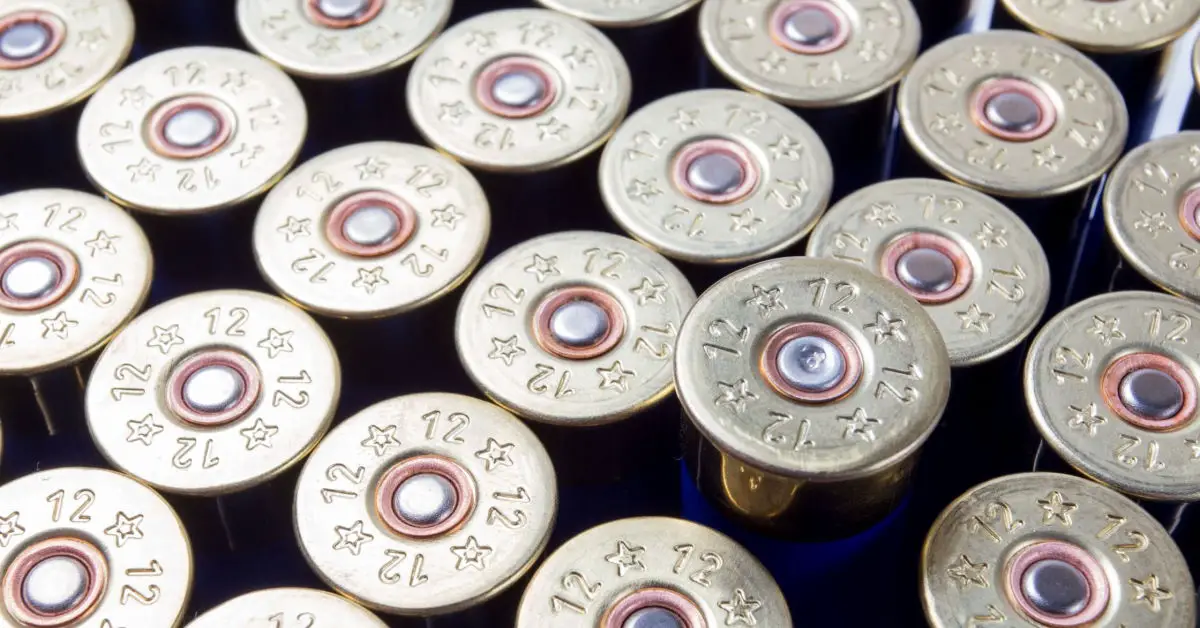Gun violence is a grave public health concern in the United States. In recent years, it has become a top issue in the political debate, causing division and fear. The laws surrounding firearms vary from state to state, making it difficult to find a solution that satisfies everyone. When we analyze the statistics, it’s clear that gun safety is an issue of public health that must be addressed. In this blog post, we will cover the facts about gun violence, the impact it has on our country, and the steps that can be taken to minimize harm.
The Stats… Including High Suicide Rates
Statistics show that gun violence is on the rise in the United States. In 2019, over 39,000 people died from gunshot wounds, and over 80,000 were injured. These numbers are staggering and show that firearms are a major public health concern. It’s not just the amount of gun-related deaths that are alarming; it’s also the demographic of the victims. Gun violence disproportionately affects young people and people of color. Suicide rates by firearm are also high, accounting for approximately 60% of all gun-related deaths.
Impact Beyond Stats
The impact of gun violence spreads far beyond the victims and their families. It affects communities and has significant economic consequences. Every year, gun violence costs the United States billions of dollars in medical expenses, lost productivity, and property damage. It also has a chilling effect on tourism, business development, and real estate. People are less likely to visit or invest in areas with high rates of gun violence.
Opening a Dialogue for What Can or Should be Done
To minimize the harm done by firearms, we need to evaluate evidence-based gun safety measures. Universal background checks, red flag laws, and safe storage requirements are proven methods that have been successful in states that have implemented them. These measures help prevent dangerous individuals from accessing firearms and reduce the risk of accidental shootings. However, it’s critical to have a “cross the aisle” dialog as personal rights for protection could be impacted if Red Flag laws are abused, for example.
Education
Education is also a crucial part of gun safety. Parents, teachers, and community leaders must have access to resources and training that helps them identify warning signs for violent behavior and learn how to safely store firearms. If more people were comfortable with handling firearms, fewer accidents would occur.
Gun Owner Responsibility
Gun owners also share a responsibility for gun safety. They must be aware of the risks associated with firearms and take steps to ensure that they are stored safely. The National Rifle Association (NRA) has educational resources and courses to help gun owners do this.
Conclusion
Gun safety is an issue of public health that affects us all. The statistics surrounding gun violence are alarming, and the consequences are far-reaching. We must take steps to minimize harm by implementing evidence-based gun safety measures, educating ourselves and others, and taking personal responsibility for firearm safety. By working together, we can reduce the number of gun-related deaths in our country, and create a safer, healthier society for us all.






